History made: five talking points from the Tour de France Femmes
Our key takeaways from the women’s Tour de France revival
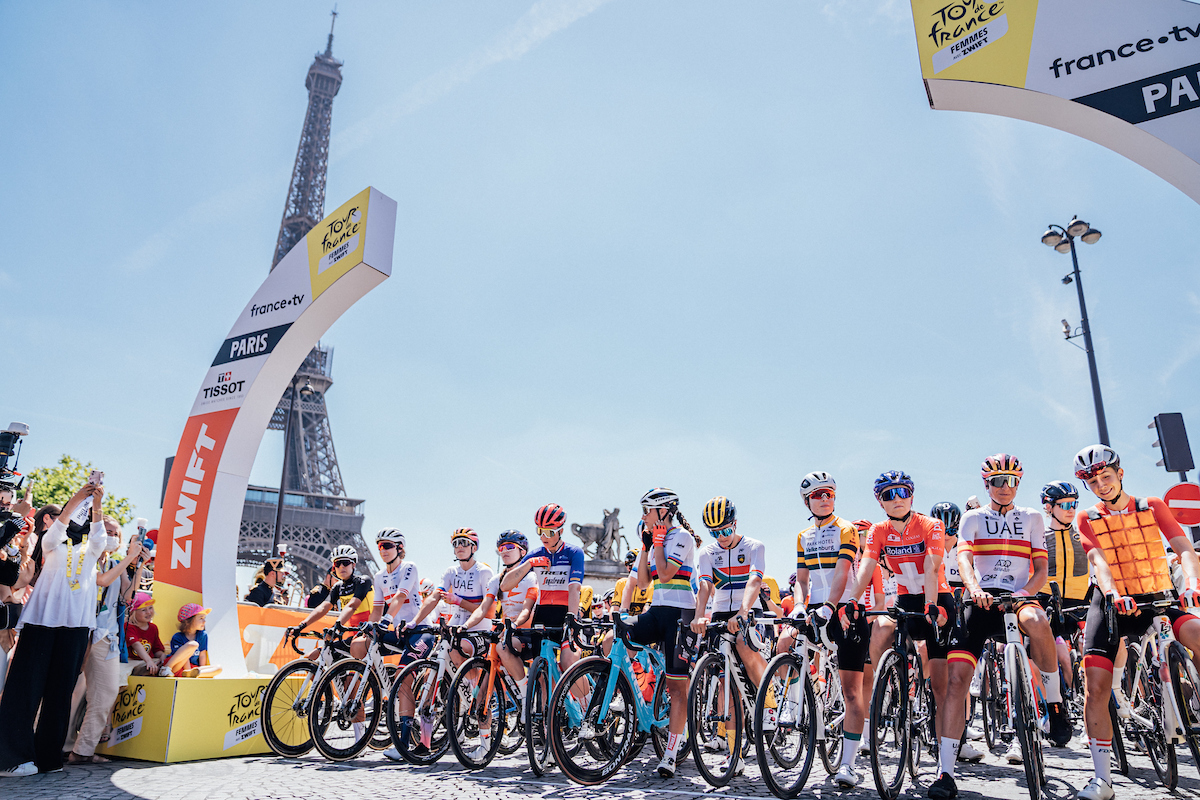
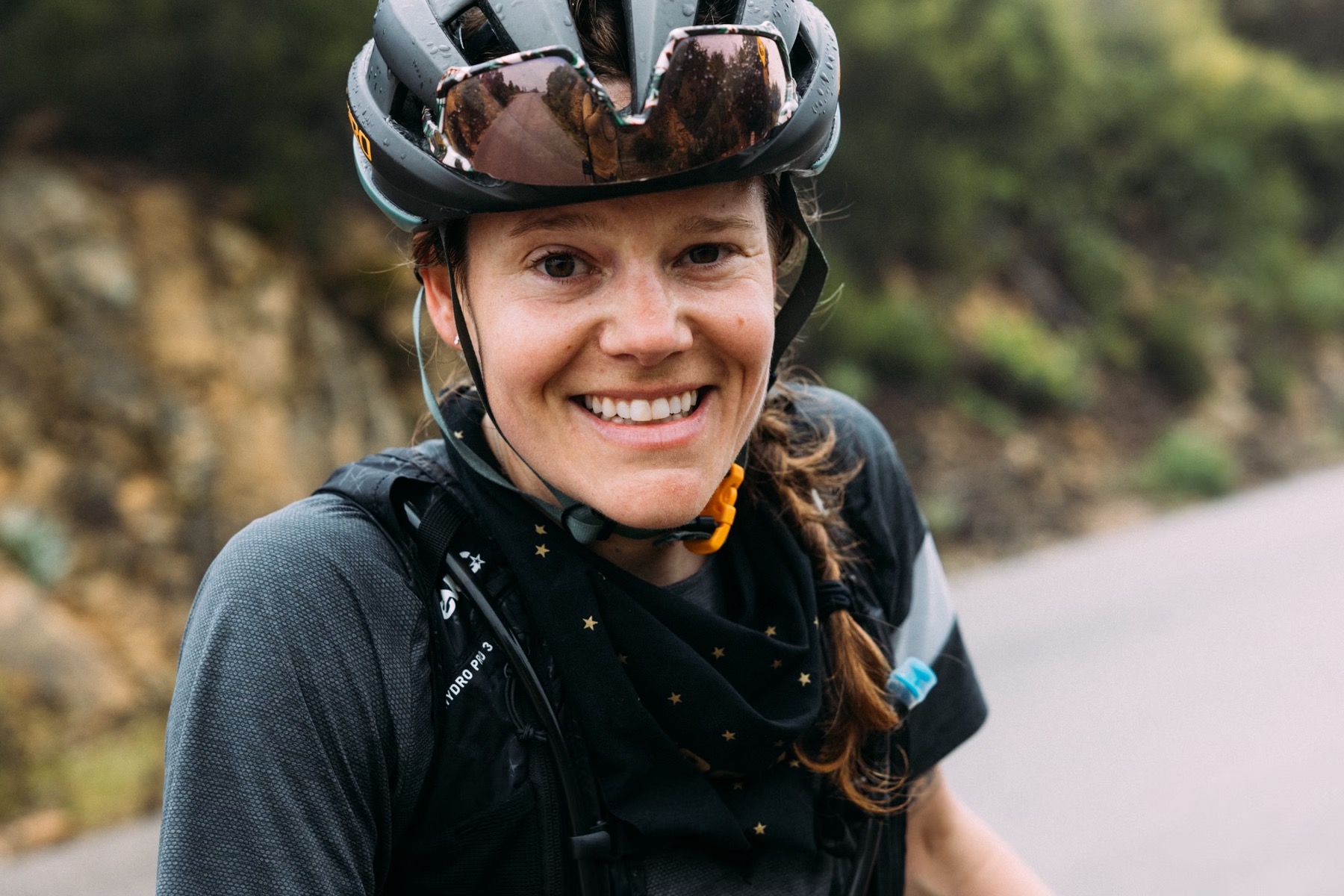
The first female Tour de France yellow jersey winner in 33 years has been crowned, the fans and riders have gone home, and while the road paint on the Super Planche des Belles Filles will remain for some time, it’s time to look back and reflect on the momentous eight days of racing that was the 2022 Tour de France Femmes avec Zwift.
Annemiek van Vleuten is simply next level
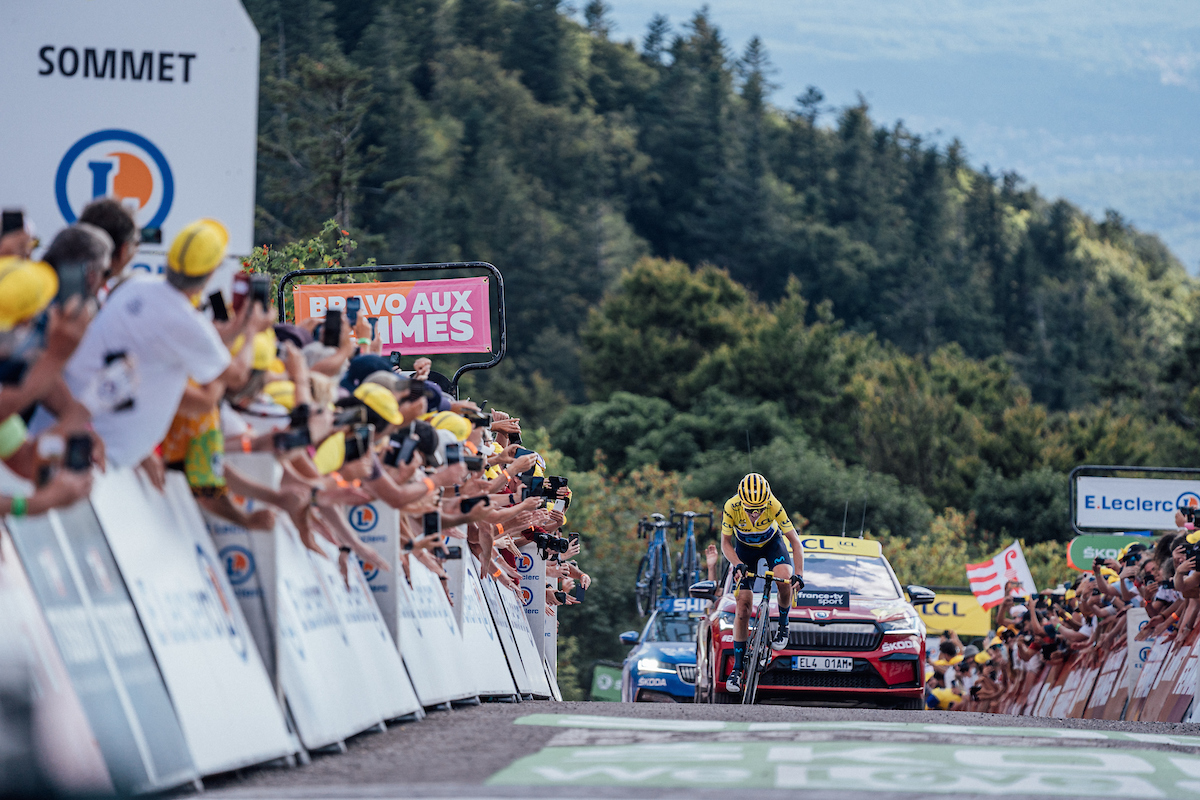
We all knew it was coming. Annemiek van Vleuten showed tremendous form in the Giro Donne leading up to the Tour de France Femmes and went into the Tour as the outright race favorite. Still, I don’t think her rivals expected to be quite so completely and utterly out of contention. She’s completely on a level of her own.
Despite having been struggling with a stomach bug early in the race week, Van Vleuten appeared in top form by the start of the two mountain stages. On stage 7, the Dutch rider attacked on the ascent of the day’s first classified climb, the (not so) Petit Ballon, and only SD Worx’s Demi Vollering was able to hang in at first. While the rest of the peloton shattered behind her, Vollering held onto Van Vleuten's wheels for as long as she could but when Van Vleuten dug in again on the Col de Platzerwasel, Vollering had nothing left. Van Vleuten arrived at the finish line nearly 4 minutes ahead of her compatriot and over 24 minutes ahead of then yellow jersey wearer Marianne Vos.
A similar performance followed on the equally mountainous final stage up the Super Planche des Belles Fille. Despite needing to switch bikes five times in the first 60 kilometres of the race, the 39-year-old climbing phenom was again unmatched. Van Vleuten arrived at the base of the iconic Planche climb with a select group of the peloton’s best climbers. On the steep slopes, the Movistar rider attacked and handily rode her rivals off her wheel and soloed to the finish. Vollering gave chase and came in 30 seconds later to claim the runner-up and polka dot jersey honors.
“I gave my best and that’s it. We all knew that she was the strongest and I didn’t believe for one second that she was not good,” commented Elisa Longo Borghini, who was so wrecked after the Grand Ballon climb that she was in tears. Same with Vollering who clutched a cramping leg as she came across the finish, stating “it’s not normal.” In congratulating Van Vleuten after the final stage on Sunday, Vos said she had to work hard simply to make the time cut, and Thalita de Jong perhaps said it best:
“Annemiek is in super form. She destroys the entire peloton. We knew she’d be good but when you then come across the line with a three and a half minute lead on your nearest rival, then you can only say a ‘Big Chapeau’. She is the strongest of all.”
Incidentally, Strava reports that Van Vleuten’s Super Planche ride also received the most kudos ever for a ride uploaded by a woman.
Get The Leadout Newsletter
The latest race content, interviews, features, reviews and expert buying guides, direct to your inbox!
Vos in yellow: a destiny everyone wanted to see
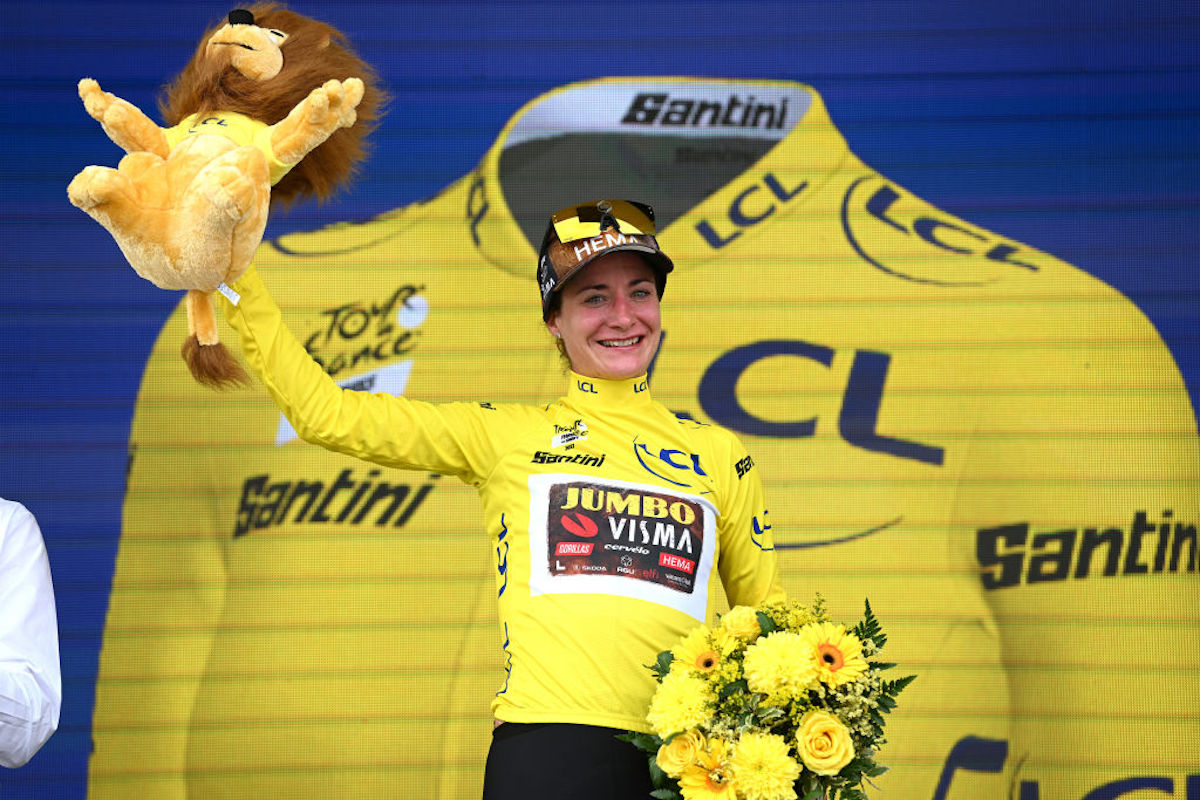
Seeing Marianne Vos in the iconic Tour de France yellow jersey for five days in July stirred emotions in the entire women’s cycling world.
The last time a woman stood atop an official Tour de France podium wearing the iconic yellow jersey, Vos was just two years old. In the 33 years that have passed since, we’ve seen Vos enter the cycling world at the tender age of six and develop into the winningest cyclist the sport has ever seen.
Two Olympic gold medals, three road world championship titles, eight cyclocross world champion titles, four national road race titles and two national time trial titles, Spring Classics and stage races. In her 16-year professional career, Vos has amassed more than 241 professional victories on the road alone, and well over 400 wins across disciplines.
Vos said that wearing and winning in the yellow Tour de France jersey was the best memory yet, because it was this trophy that had not only eluded her but women’s cycling as a whole all this time.
On the day Vos won the yellow jersey a first time, the press room gave her a standing ovation. On Dutch TV, journalist and former pro racer Marijn de Vries broke out in tears of joy, and even Vos' contemporaries had nothing but kind words.
“When I saw Marianne in yellow, I had the feeling of ‘this is how it should be’,” said Ellen van Dijk, herself a multi-time world champion and both a long-time Dutch national selection teammate and competitor of Vos. “Marianne is an absolute icon of women’s cycling and I think everyone was of the opinion that the story, her story, is complete now, and everyone really thinks she deserves it.”
Jumbo-Visma sports director and former racer Carmen Small echoed Van Dijk’s sentiments, stating: “if anyone should have the jersey it’s Marianne Vos. She put a lot of time and effort to help bring this race back and she’s always pushed really hard for women in cycling. She’s a great role model so to see her on that top step and in yellow, I don’t think she has any single peer that would wish against her. I think every single competitor was more than happy to see her in yellow today.”
The peloton is split on gravel in stage racing
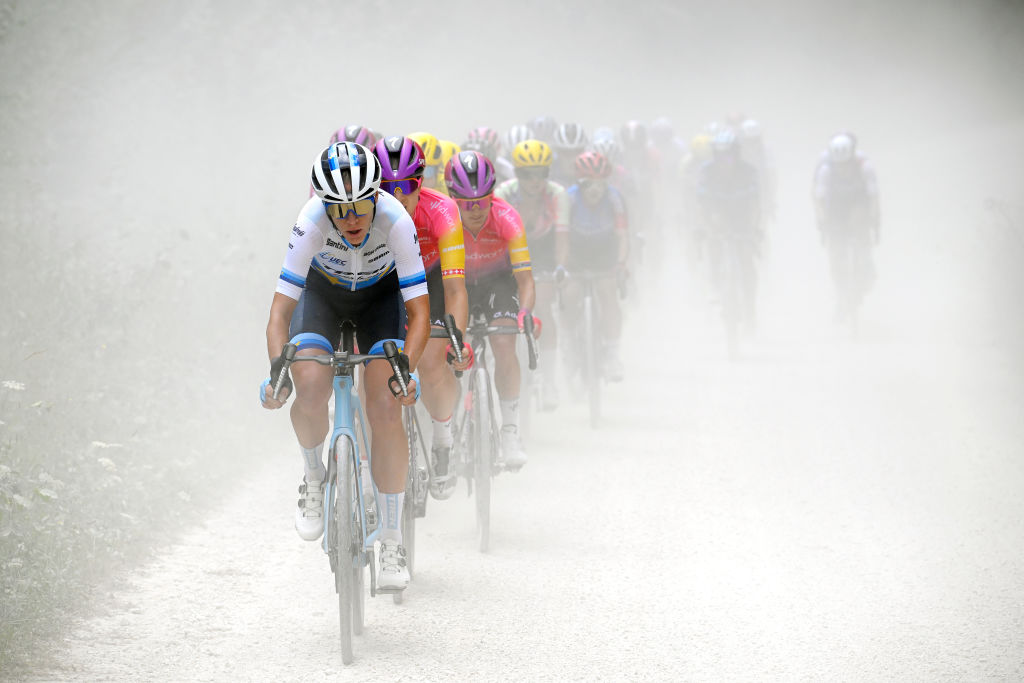
Stage 5 of the Tour de France Femmes avec Zwift was arguably the most anticipated stage before the Tour headed into the mountains. After four days of racing, the undulating profile with plenty of sharp, steep climbs alone would put a sting in anyone’s legs. But, adding to the difficulty of the stage were technical, narrow roads on old and rough tarmac as well as four gravel sections. Nearly 13 kilometers were held on the white roads of France’s stunning champagne region — a treat for the fans but dreaded by GC contenders.
The peloton had to contest gravel again on the final stage up the Super Planche des Belles Filles where the final kilometer of the steep climb is unpaved.
Fans like gravel because it not only makes for a dramatic backdrop, it also adds excitement and more variables. To succeed, riders need to possess good bike handling skills and team mechanics need to make the right tire choice. And then there’s of course the element of luck and the potential for the GC to get shaken up. All the reasons why some riders aren’t a fan of having gravel part of stage racing at all.
“I like [gravel] in the Strade Bianche, but I don't like it so much if you have GC ambitions. It's a bit unnecessary, that [the GC] can be decided by bad luck,” said Van Vleuten, who despite being a two-time Strade Bianche winner, was the most vocal about her distaste for the inclusion of gravel in stage races.
There were a host of racers in the peloton that also race cyclocross, including Sanne Cant, Shirin van Anrooi, Alice Arzuffi and, of course, current cyclocross world champion Marianne Vos. For them, it was a stage they looked forward to.
“It’s always hard to tell. If you go through it nicely you might say ‘ah, this was quite nice’,” said Vos.
“So for me it was OK. We spent a lot of energy to stay in the front with the team and you have to really fight for position before the gravel sections and before the climbs as well. But [equipment] is also important and you need a little luck.
"So I can imagine for the general classification, for the riders that go for the general it’s a pretty difficult day. And can be stressful as well, but that is part of racing as well."
People tuned in and showed up in droves
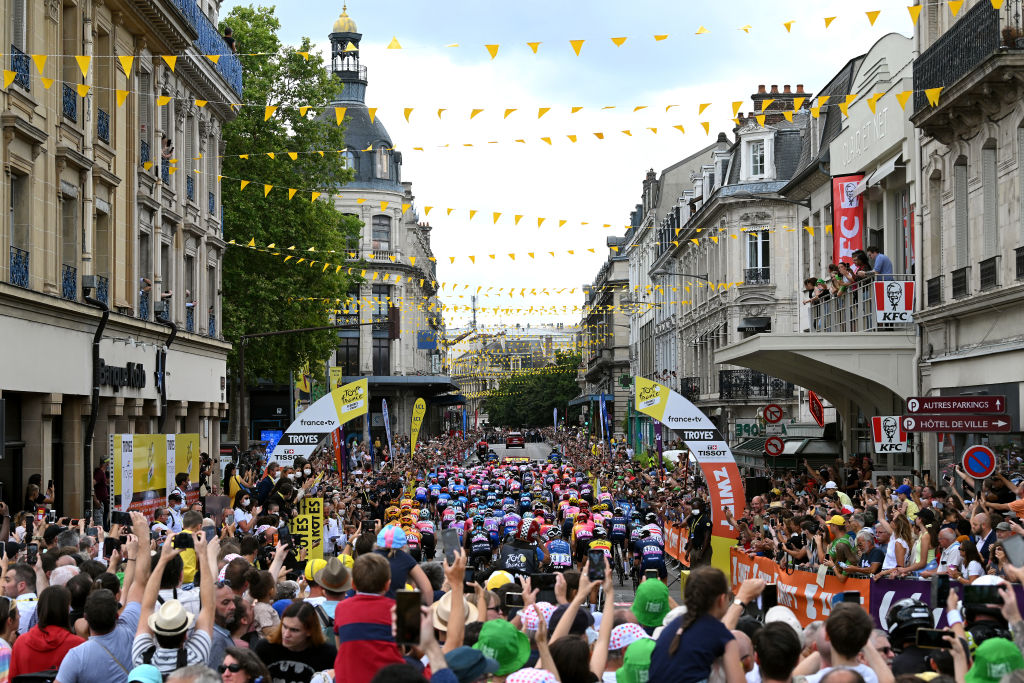
“It’s kind of wild how much attention we’ve been getting,” Vos told Cycling Weekly, adding that in her 16-year professional career she’s never seen anything like it.
Many worried that the timing of the women's event would lessen the fan interest. After all, cycling fans had just finished watching three long weeks of the men's Tour de France. But this wasn't the case at all.
Fans travelled the world over to witness this women’s Tour de France revival. I met fans from nearby Germany, Italy, Spain and the low lands and as far as America and Australia. They crowded the finishes and remote stretches of countryside alike shouting “allez les femmes!”.
Entire schools of kids dressed up in green or yellow lined the streets of starting villages, waving little flags. And the iconic red polka dot LeClerc giveaway t-shirts and caps were ever present. At the finish lines, the cheering and banging on the billboards was simply deafening. I have reported on (women’s) pro cycling going on 11 years now and I’ve never seen anything like it. It was absolutely incredible.
On social media, fans engaged from the world over, posting on Instagram or analyzing the day’s events on Twitter. Even before the racing started, the Tour de France organizers, the A.S.O, reported that their 12-episode YouTube series had already amassed 700,000 views.
Two-and-a-half hours of live coverage was aired across five continents and 190 countries, and while complete TV viewership numbers have yet to be released, early reports are encouraging. France Télévisions reported some impressive early numbers, showing that nearly three million viewers tuned in daily to enjoy the 2.5 hours of live coverage.
Previous attempts of a women's Tour de France failed due to a lack of financial support, public interest and/or recognition. But the Tour de France Femmes seems to be off to a good start, especially thanks to a four-year sponsorship deal with Zwift, which will give the women's Tour some time to grow and drum up continues commercial interest.
Caravans, TV coverage, iconic climbs: it was the real deal
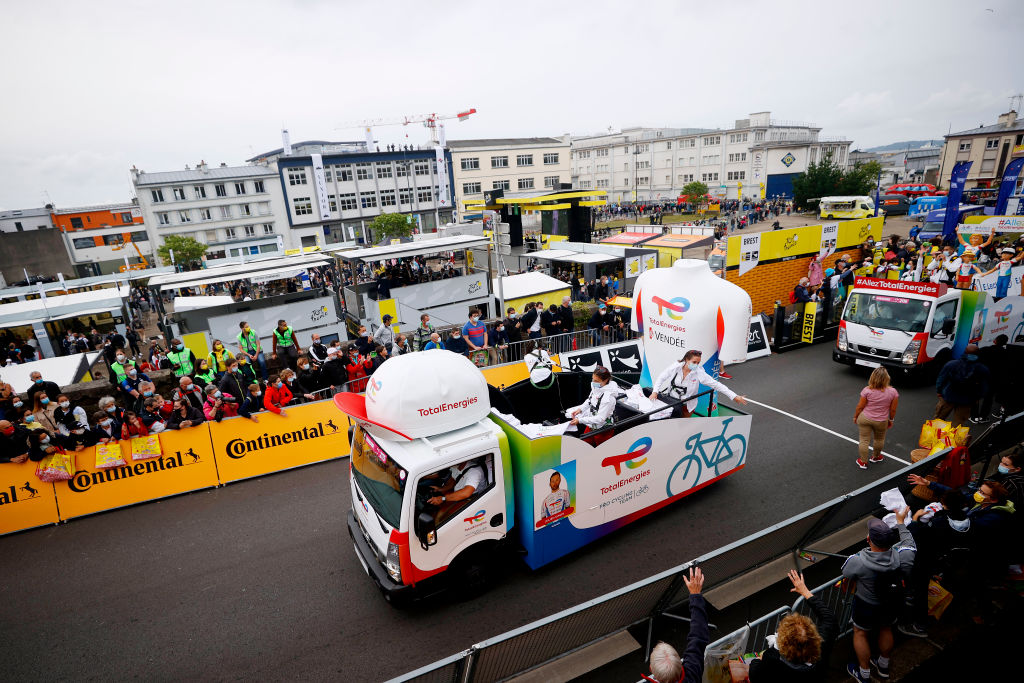
Eight years ago, cyclists Marianne Vos, Kathryn Bertine, Emma Pooley and former world triathlon champion Chrissie Wellington led a petition titled Le Tour Entier calling on the Tour de France organizers to create a women’s event. The petition gathered 97,307 signatures, media allies and industry support. Eventually, the call was too loud for the A.S.O to ignore and that following spring, the A.S.O introduced La Course, a one-day women's race held on the Champs-Élysées on the same day as the men’s final stage of the Tour de France.
There was a fair share of excitement and media attention around the event but it fell a bit flat. The women's race was treated like a bit of an opening act to the day’s main event, the arrival of the men’s peloton, as the crowds trickled in late and weren’t necessarily there in support of the women.
From then on, La Course continued to be held annually in various and at times, experimental formats and locations. It felt almost gimmicky at times until the A.S.O finally announced its inaugural eight-day Tour de France Femmes, the closest thing to an actual women’s Tour de France in 33 years.
And to their credit, the A.S.O rolled out the works. The infrastructure, the challenging courses, the commercial fanfare, the live broadcasting, the fan festival and caravans. It matched that of the men’s event and was rewarded with droves of fans on site and online.
For their part, the 144-rider peloton put on an incredible show of athleticism, tactics, drama, tension and triumph. With the world watching and a rare yellow jersey on offer, the racing was fast and fierce from the start and never let up. It was top-calibre racing and a fantastic showcasing of what makes women's professional cycling so fun to watch: the non-stop action.

Thank you for reading 20 articles this month* Join now for unlimited access
Enjoy your first month for just £1 / $1 / €1
*Read 5 free articles per month without a subscription

Join now for unlimited access
Try first month for just £1 / $1 / €1

Cycling Weekly's North American Editor, Anne-Marije Rook is old school. She holds a degree in journalism and started out as a newspaper reporter — in print! She can even be seen bringing a pen and notepad to the press conference.
Originally from the Netherlands, she grew up a bike commuter and didn't find bike racing until her early twenties when living in Seattle, Washington. Strengthened by the many miles spent darting around Seattle's hilly streets on a steel single speed, Rook's progression in the sport was a quick one. As she competed at the elite level, her journalism career followed, and soon, she became a full-time cycling journalist. She's now been a journalist for two decades, including 12 years in cycling.
-
 A bike rack with an app? Wahoo’s latest, and a hub silencer – Sea Otter Classic tech highlights, Part 2
A bike rack with an app? Wahoo’s latest, and a hub silencer – Sea Otter Classic tech highlights, Part 2A few standout pieces of gear from North America's biggest bike gathering
By Anne-Marije Rook
-
 Cycling's riders need more protection from mindless 'fans' at races to avoid another Mathieu van der Poel Paris-Roubaix bottle incident
Cycling's riders need more protection from mindless 'fans' at races to avoid another Mathieu van der Poel Paris-Roubaix bottle incidentCycling's authorities must do everything within their power to prevent spectators from assaulting riders
By Tom Thewlis
-
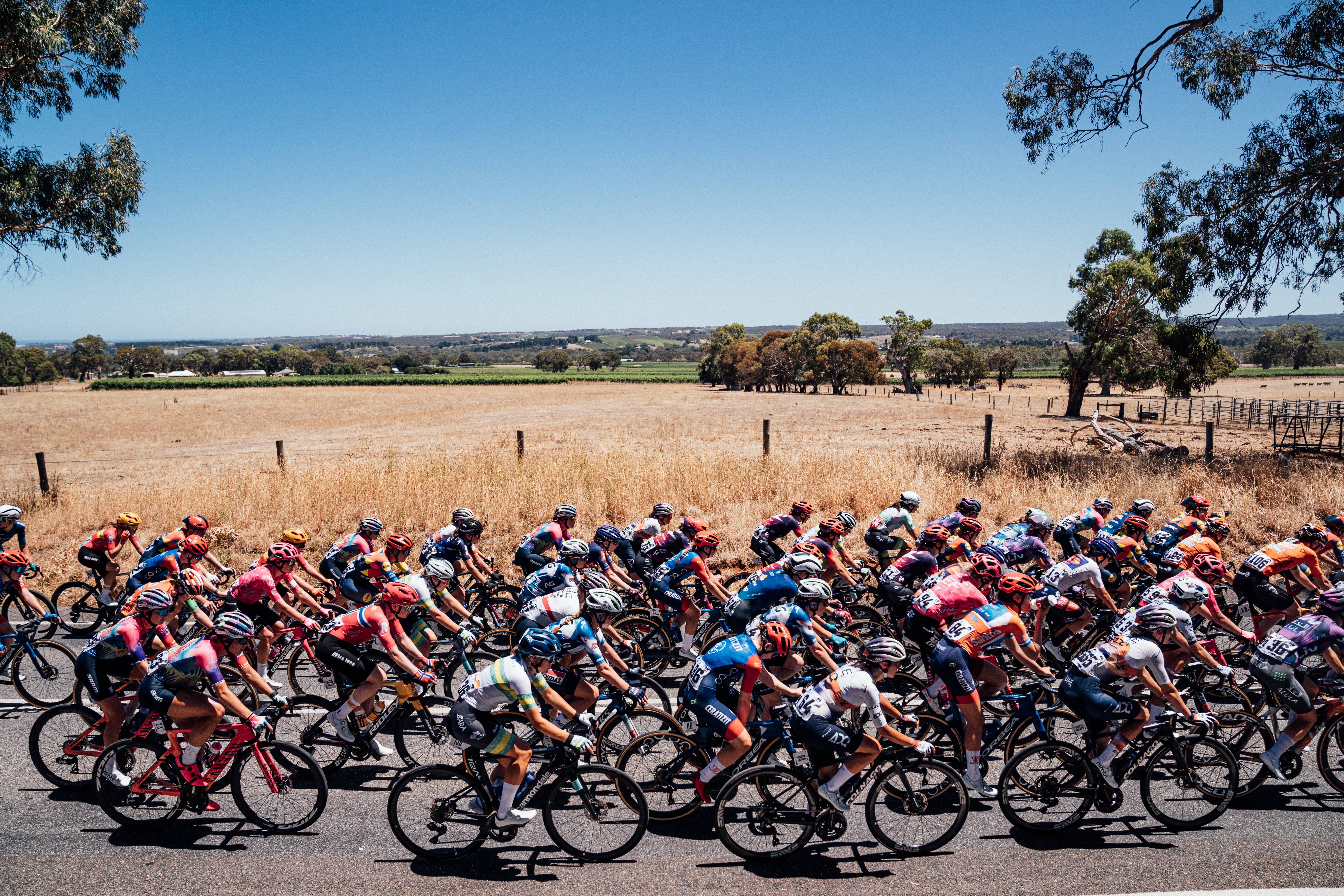 Women's WorldTour 2025: Everything you need to know about the teams
Women's WorldTour 2025: Everything you need to know about the teamsMeet the 15 squads that compete in the top tier of racing
By Tom Davidson
-
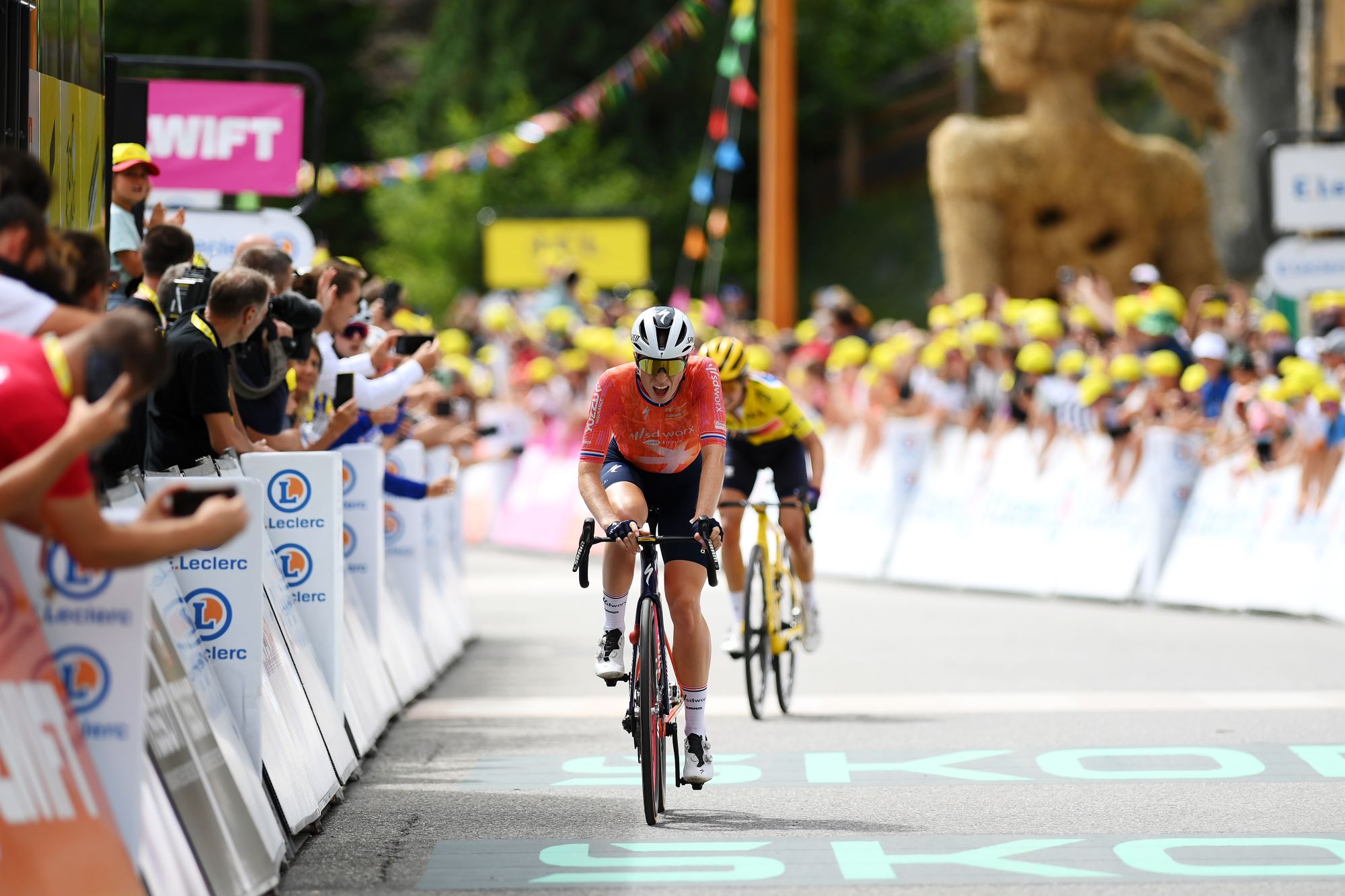 'Anxiety can make you feel stuck and isolated': Demi Vollering reveals mental health struggles during Tour de France Femmes
'Anxiety can make you feel stuck and isolated': Demi Vollering reveals mental health struggles during Tour de France FemmesDutch rider says she 'hit a breaking point' during last year's race due to being 'weighed down by pressure'
By Tom Thewlis
-
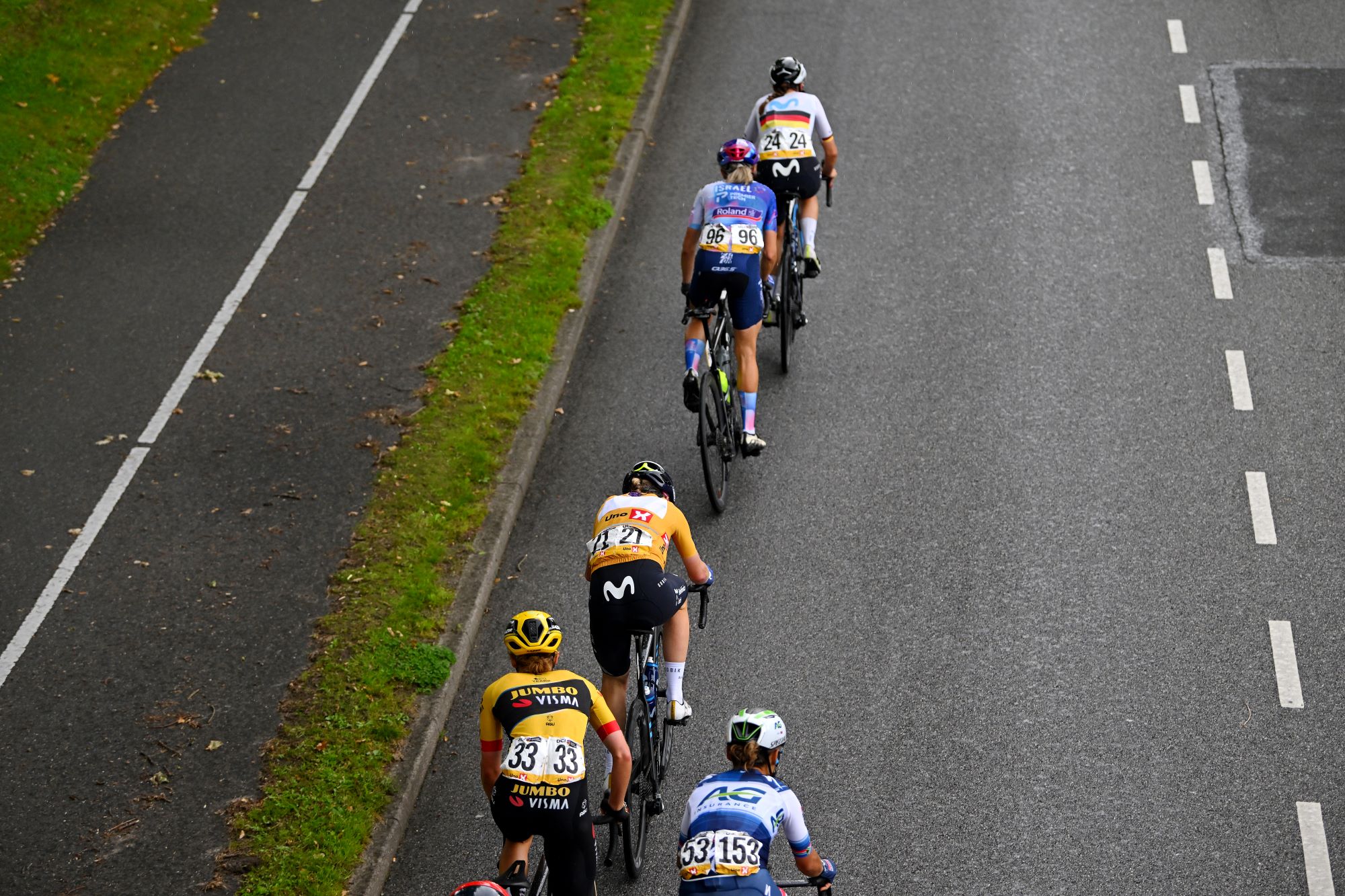 Women’s WorldTour calendar suffers blow as important stage race axed
Women’s WorldTour calendar suffers blow as important stage race axedTour of Scandinavia no more due to lack of interest from sponsors and host broadcasters
By Tom Thewlis
-
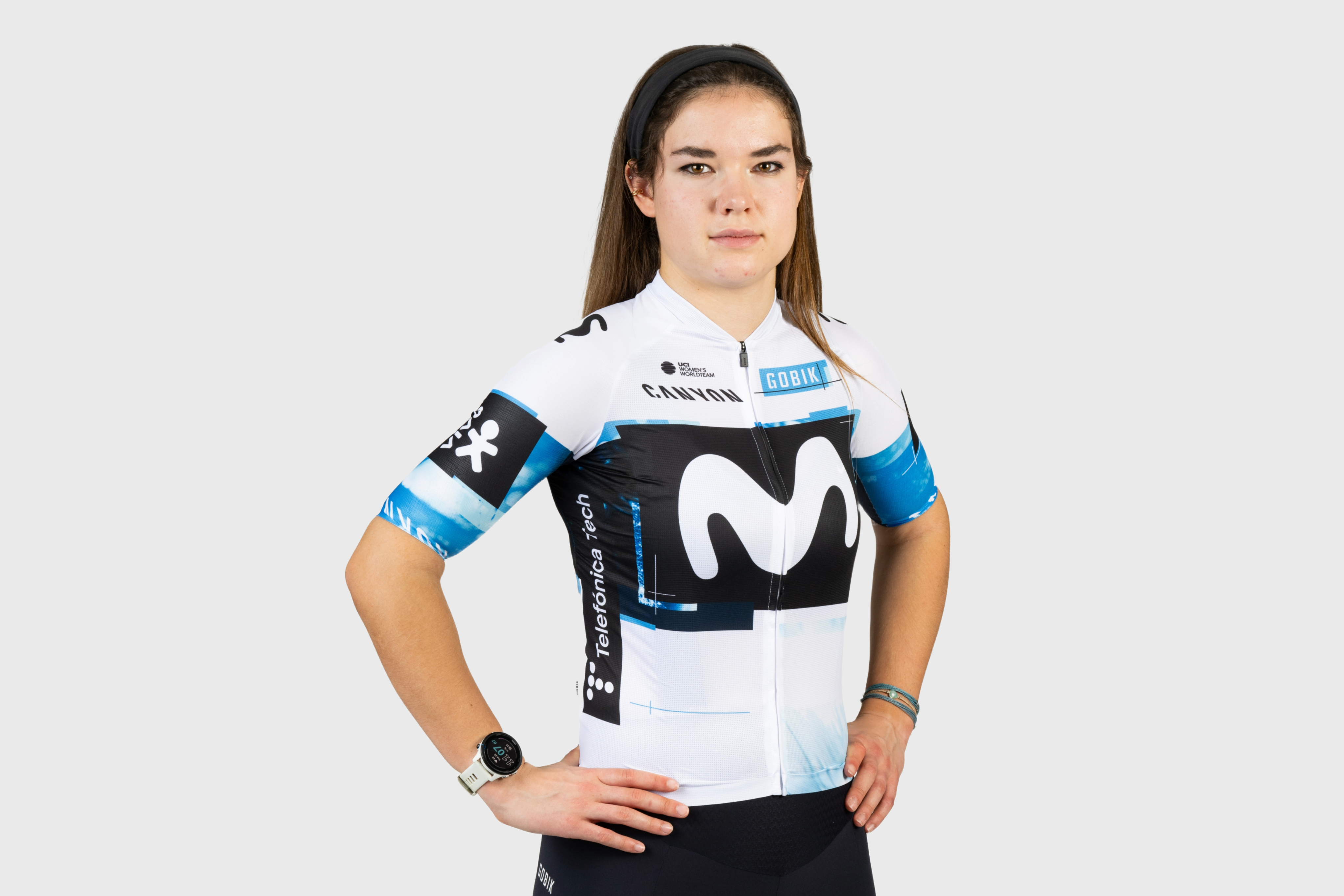 'It's a bit scary' - WorldTour's youngest rider to pair schoolwork with racing
'It's a bit scary' - WorldTour's youngest rider to pair schoolwork with racingA-level student Carys Lloyd is one of Movistar's latest recruits
By Tom Davidson
-
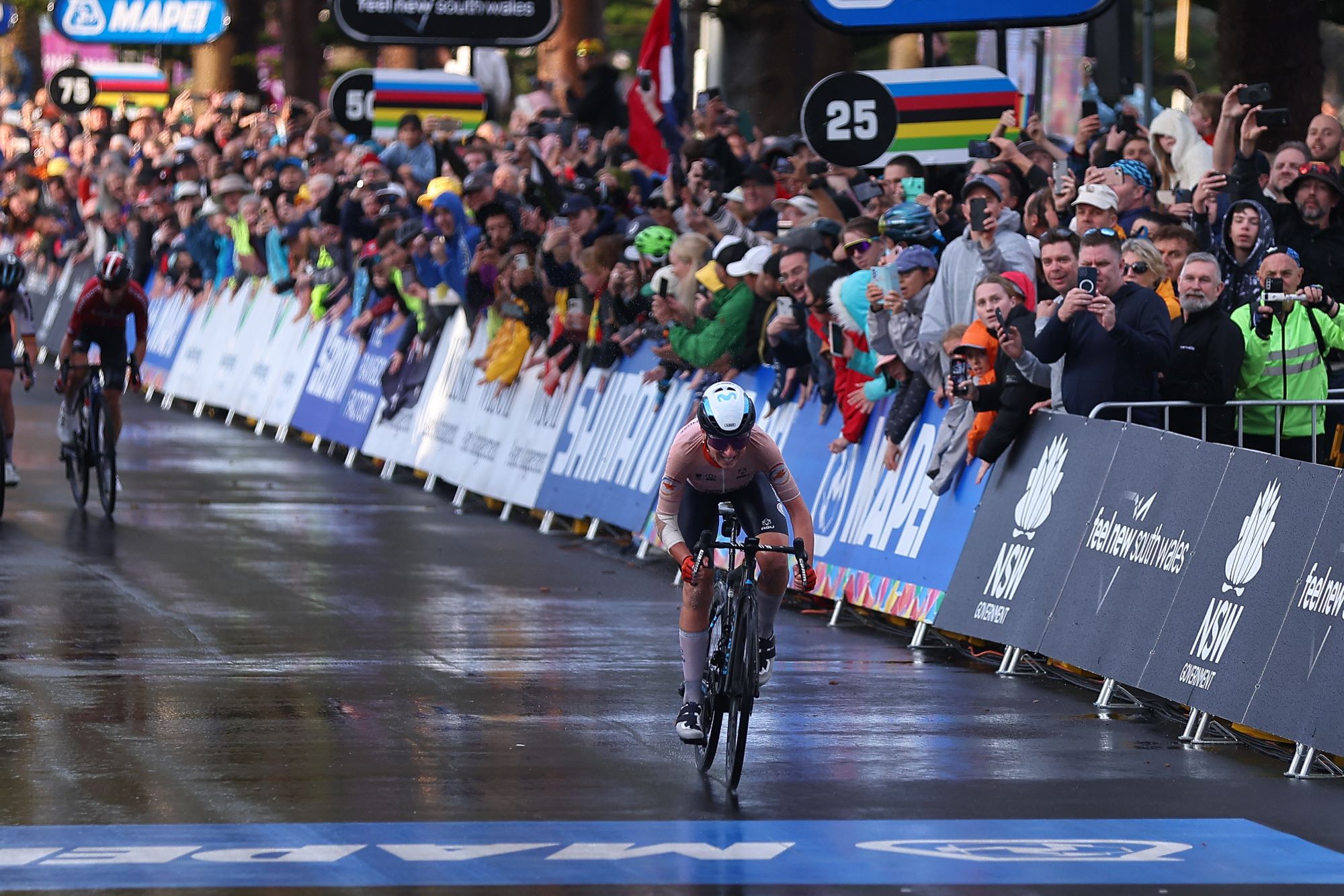 Annemiek van Vleuten returns to pro cycling with Fenix-Deceuninck
Annemiek van Vleuten returns to pro cycling with Fenix-DeceuninckRecently retired two-time female road race world champion joins Belgian team as a performance mentor
By Tom Thewlis
-
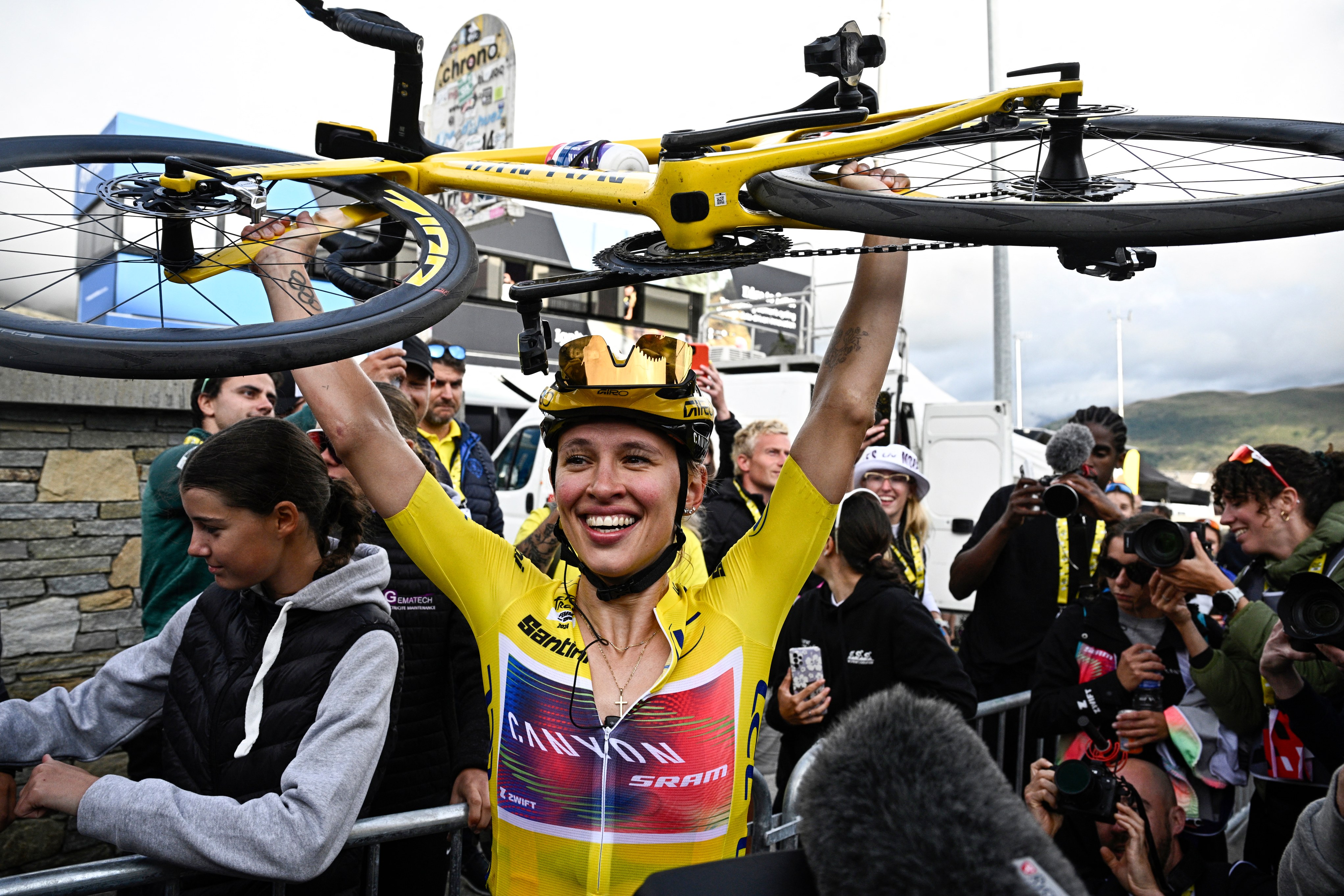 'We want to win it again' - Canyon-SRAM set sights on history at Tour de France Femmes 2025
'We want to win it again' - Canyon-SRAM set sights on history at Tour de France Femmes 2025Kasia Niewiadoma 'very optimistic' about yellow jersey defence following route announcement
By Tom Davidson
-
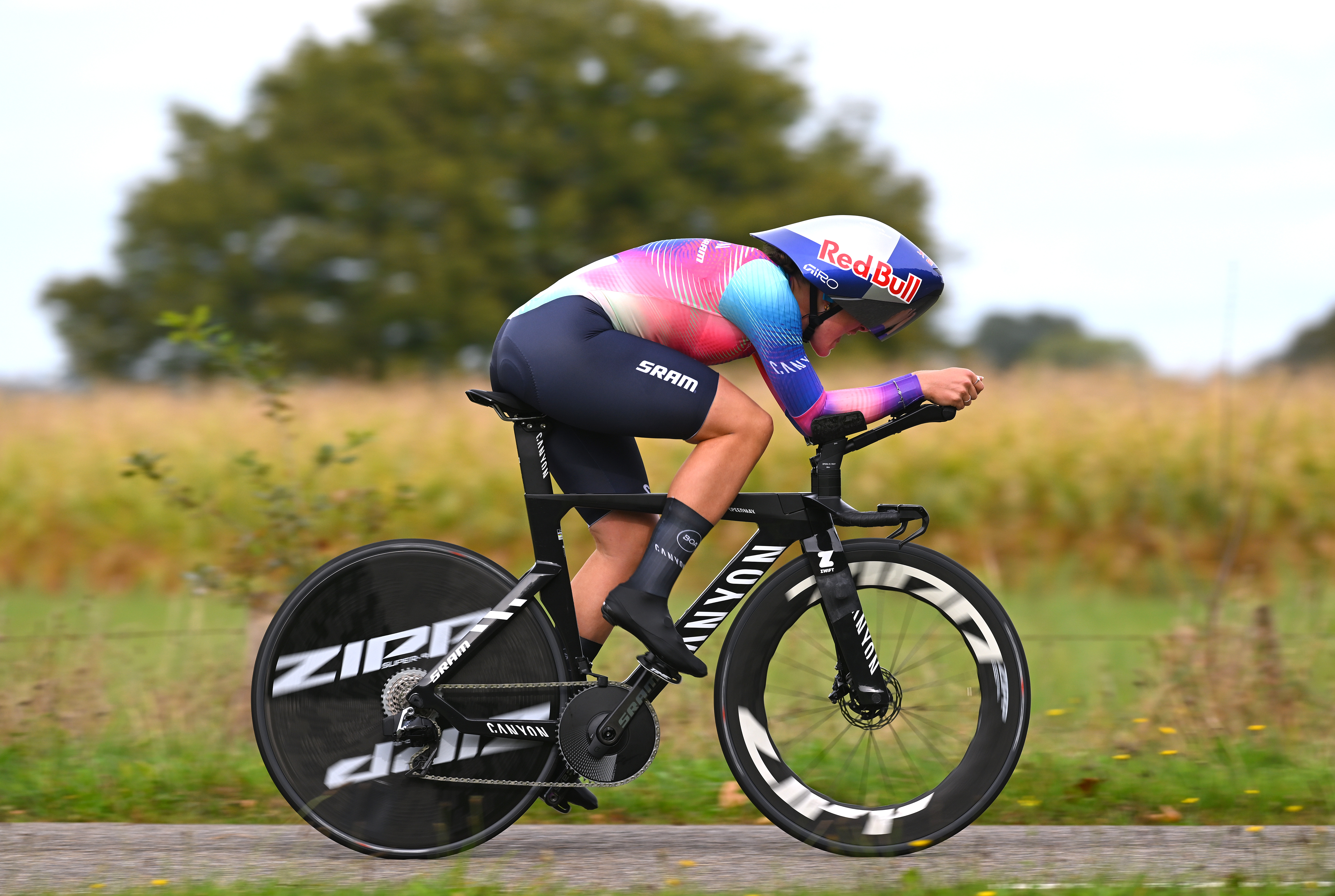 'I had my dad in the car behind me' - Zoe Bäckstedt takes special first pro win
'I had my dad in the car behind me' - Zoe Bäckstedt takes special first pro win20-year-old Brit claims victory over time trial specialists at Simac Ladies Tour
By Tom Davidson
-
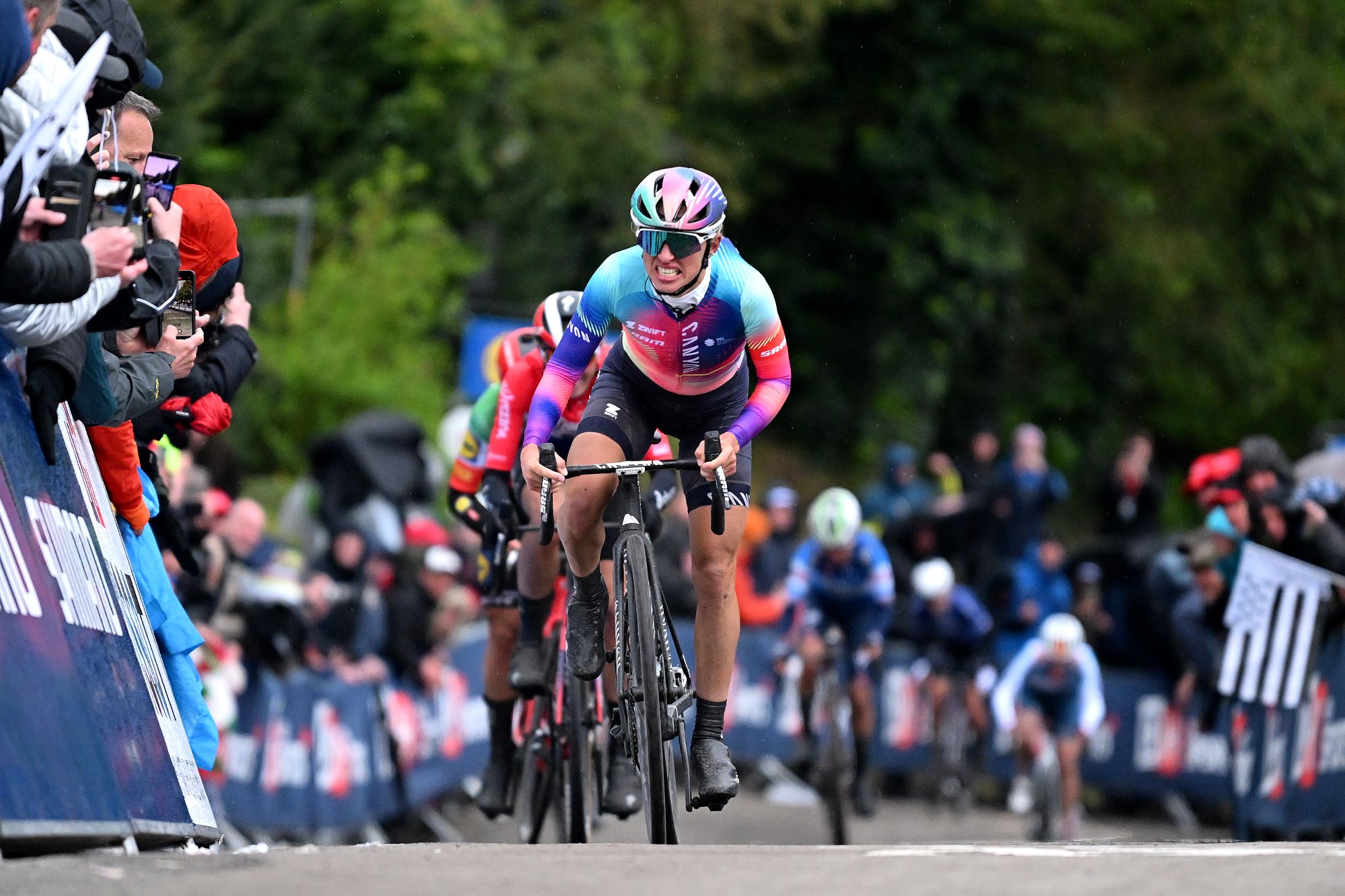 Milan-San Remo addition will 'raise the level even higher' in women’s cycling, says Kasia Niewiadoma
Milan-San Remo addition will 'raise the level even higher' in women’s cycling, says Kasia Niewiadoma'It's really motivating to see that in just one season, everything can change' says Tour de France Femmes winner as she reflects on a year of success on the road
By Tom Thewlis